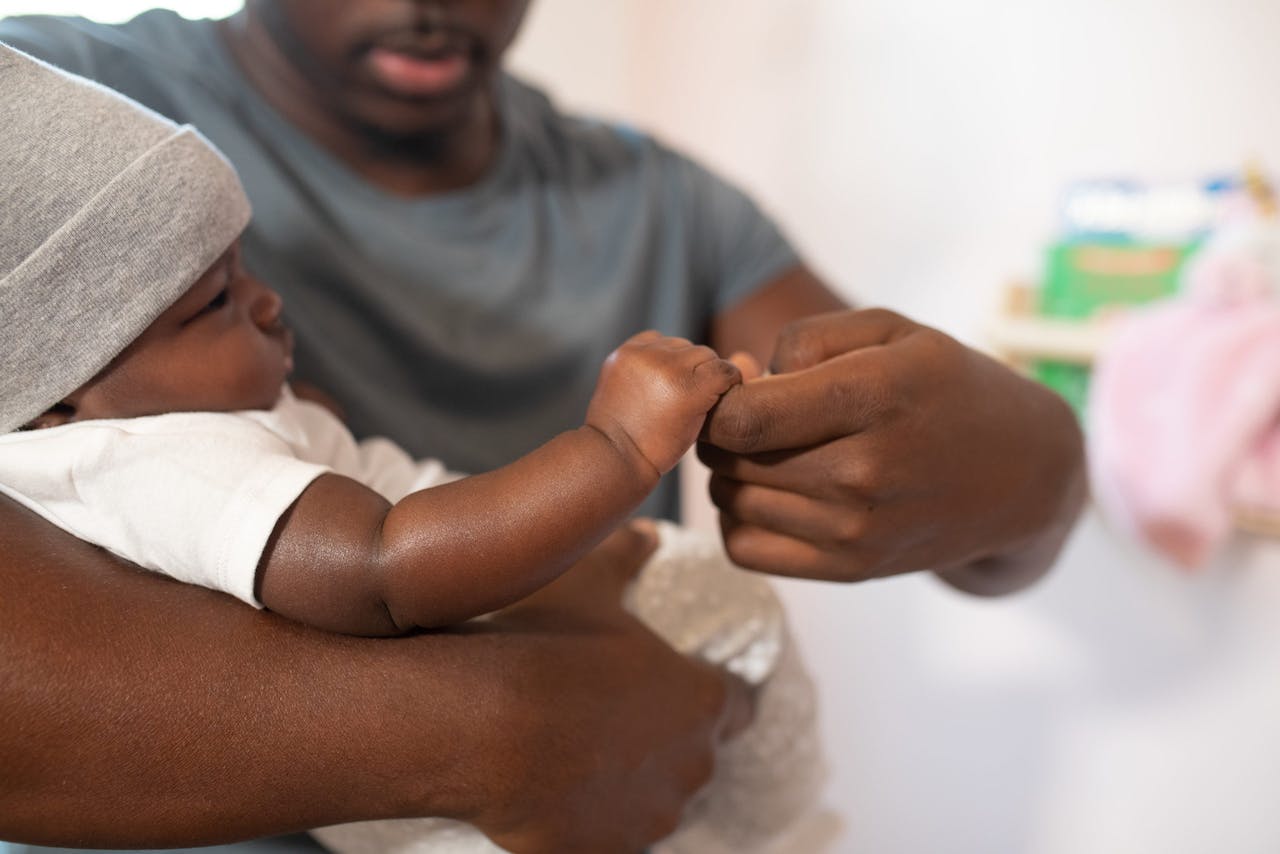Welcoming a child into the world should be a joyous occasion, but for some families, the celebration is marred by the devastating consequences of a birth injury. These injuries can lead to lifelong disabilities, emotional trauma, and financial strain. However, expectant parents can take proactive steps to reduce the risk of birth injuries and protect their precious bundles of joy.
Understanding the Risks
Knowledge is power when it comes to preventing birth injuries. Expectant parents should educate themselves on the common causes and risk factors:
- Prolonged labor or difficult deliveries
- Improper use of forceps or vacuum extractors
- Maternal infections or medical conditions
- Fetal distress or abnormal positioning
Discussing these risks with healthcare providers helps parents make informed decisions throughout pregnancy and delivery.
Choosing the Right Healthcare Team
Selecting a qualified and experienced medical team is crucial for minimizing birth injury risks. When evaluating potential providers, parents should:
- Research hospital and physician track records
- Verify malpractice history and disciplinary actions
- Inquire about experience handling high-risk pregnancies
- Ensure access to specialized equipment and resources
Building a trusting relationship with providers fosters open communication and collaboration in safeguarding the baby’s well-being.
Advocating for Prenatal Care
Regular prenatal care allows for early identification and management of potential complications that could lead to birth injuries. Expectant mothers should:
- Schedule and attend all recommended check-ups
- Undergo screenings for gestational diabetes, preeclampsia, and other risk factors
- Follow guidelines for healthy nutrition and weight gain
- Avoid alcohol, tobacco, and other harmful substances
Proactively addressing health concerns throughout pregnancy lays the foundation for a safer delivery.
Preparing for Labor and Delivery
As the due date approaches, expectant parents should work with their healthcare team to create a comprehensive birth plan that prioritizes safety:
- Discuss preferences for pain management and interventions
- Review signs of fetal distress and protocols for emergency C-sections
- Arrange for continuous fetal monitoring during labor
- Consider the benefits of delayed cord clamping for brain development
Being well-prepared and assertive during the birthing process empowers parents to make decisions that protect their baby.
Recognizing Warning Signs
Even with meticulous planning, unexpected complications can arise during labor and delivery. Expectant parents should familiarize themselves with warning signs that may indicate a birth injury:
- Abnormal fetal heart rate or oxygen levels
- Prolonged second stage of labor
- Excessive bleeding or fetal hemorrhage
- Visible bruising or swelling on the baby’s head
Promptly alerting medical staff to these red flags allows for swift interventions to mitigate potential harm.
Advocating for Your Baby
In the whirlwind of labor and delivery, expectant parents must remain vigilant advocates for their baby’s safety. This means:
- Asking questions and voicing concerns
- Insisting on explanations for proposed interventions
- Requesting second opinions if something feels off
- Trusting parental instincts when something seems wrong
Remember, no one is more invested in a child’s well-being than their parents.
Taking Action After a Birth Injury
Despite best efforts, birth injuries can still occur due to medical negligence or unforeseen circumstances. If a birth injury is suspected, parents should:
- Document all medical records and communication
- Consult with experienced birth injury attorneys
- Connect with early intervention services
- Seek support from fellow birth injury families
While pursuing legal action cannot undo the harm, it can provide resources for a child’s lifelong needs.
Birth injuries are every expectant parent’s worst nightmare, but proactive prevention strategies can significantly reduce the risks. By understanding the causes, choosing the right healthcare team, advocating for prenatal care, preparing for delivery, recognizing warning signs, and being vocal advocates, parents can create the safest possible environment for their baby’s arrival. If, despite these efforts, a birth injury still occurs, know that support and resources are available to help navigate the challenging road ahead.

